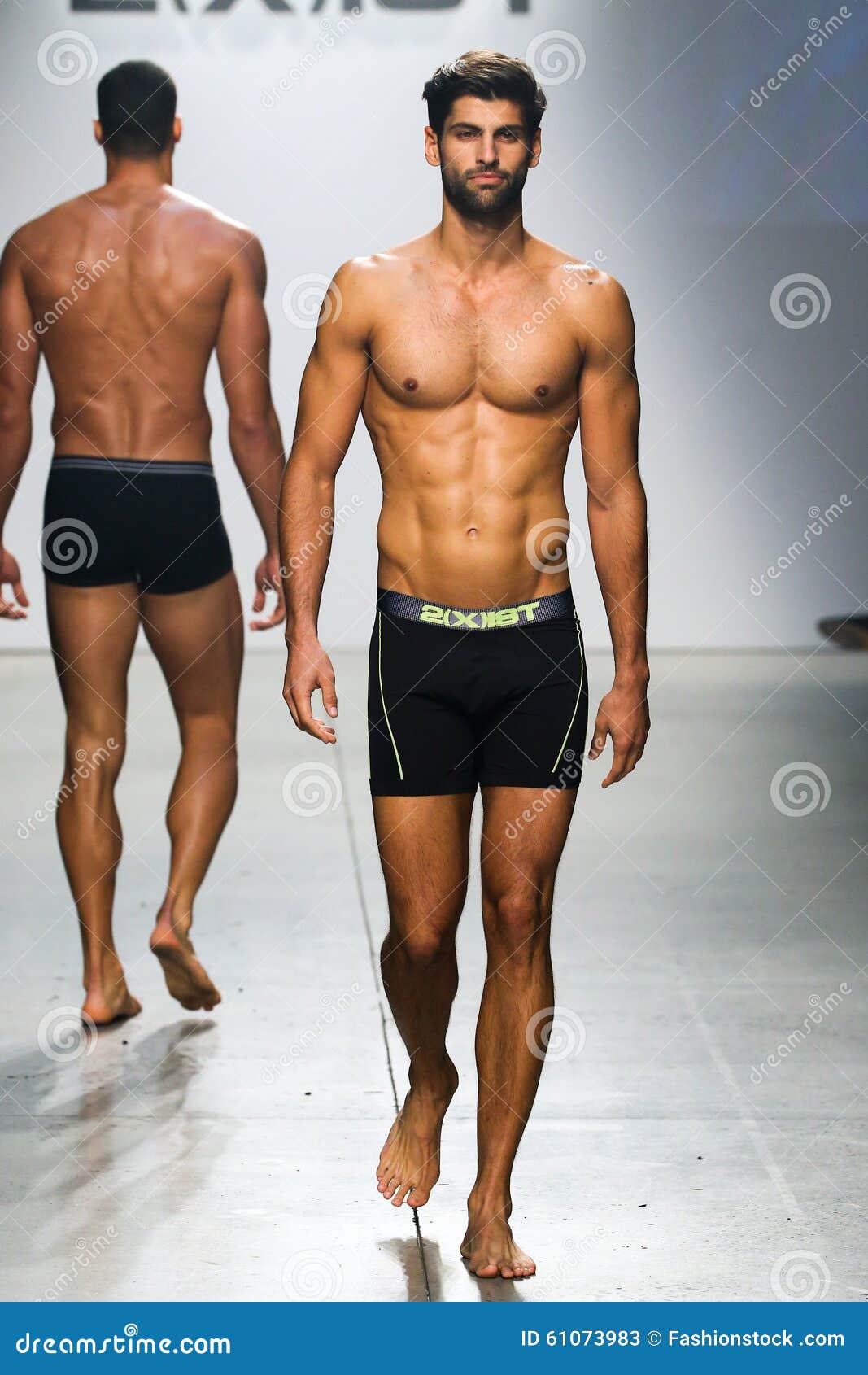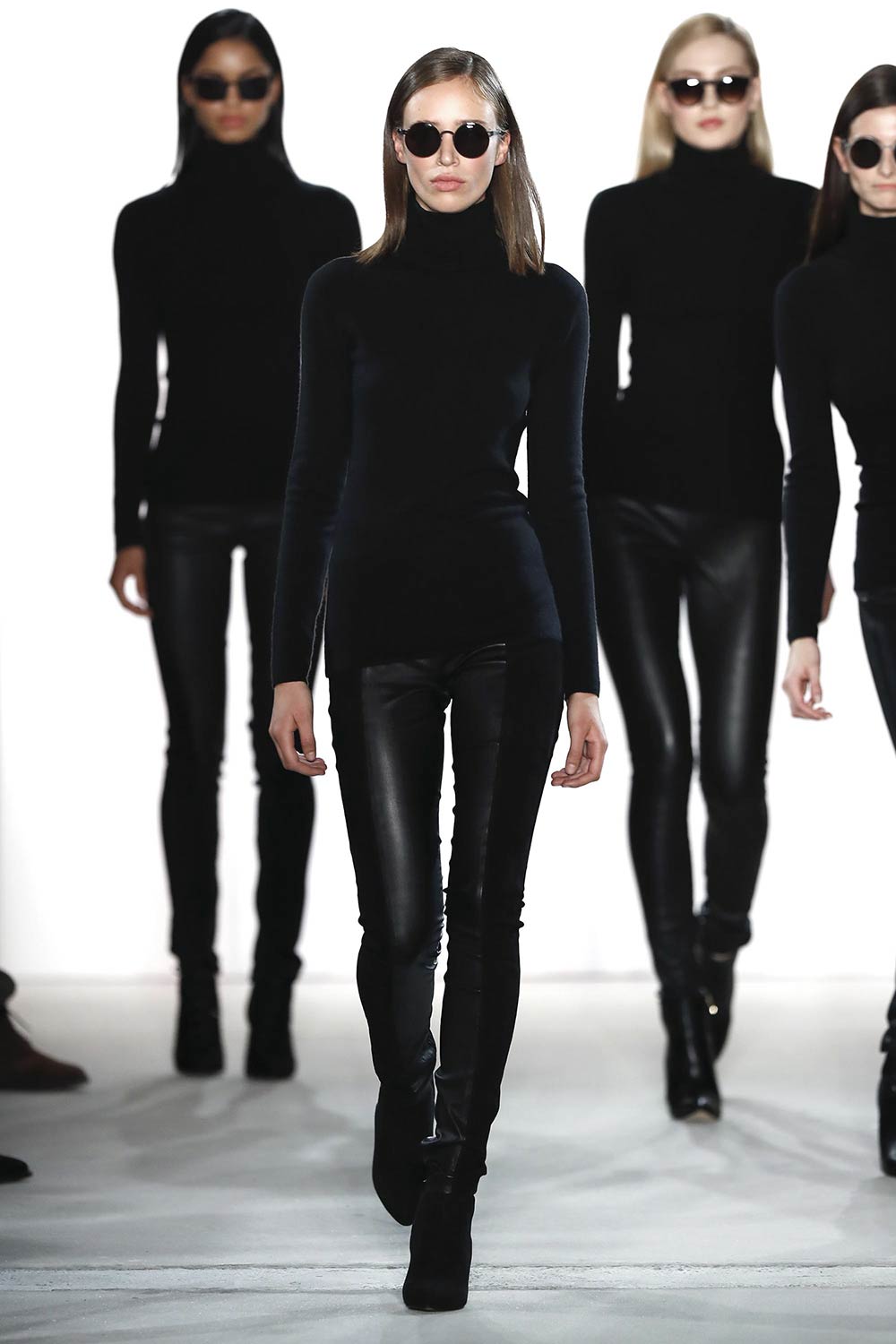

When Jazz Moise moved to Toronto for post-secondary, he developed a passion for fashion.

There are a lot of components that go into a successful runway show, but it makes the anxious pre-show feeling subside if at least your shoes fit.A model from La Loche recently walked the runway at New York Fashion Week and hopes his success will inspire Indigenous youth across the country. “On multiple occasions I’ve worn shoes too big for my feet which has negatively impacted my runway walk. “ My feet have scars from shows where I’ve worn shoes that are too small,” says runway model Lauren Kern, 22. The main issue is sizing rather than design, with models stuffing shoes if they’re too big or squeezing their feet in if they’re too small. It’s not always statement shoes or sky-high heels that are the problem. However, models aren’t always given enough time to practice their walk in the shoes they have to wear.
#Criminal model runway walk how to#
“I wore the most complicated ones myself because I didn’t know who would be able to wear them, but I know how to walk in them.” “ I met all the models once before the show and we practiced until it worked,” he says. The designer even modelled the most complex pair of shoes himself. Vaessen practiced thoroughly with each of the models, ensuring that they felt comfortable and able to complete the runway walk. Vaessen’s footwear changes the posture and gait of the wearer, distorting how we naturally move, with the collection serving as a commentary on the rules society dictates about movement. The show went viral with many commenting how unwearable the shoes seemed to be. Nevertheless, models who did take part in the show managed to master them without falling and the shoes became instantly iconic, despite being unwearable outside of runway and editorial contexts.ĭirk Vaessen created his own version of limiting footwear for his MA Footwear project at London College of Fashion. When Alexander McQueen created his infamous armadillo shoes for SS10’s Plato’s Atlantis show, models Abbey Lee Kershaw, Sasha Pivovarova, and Natasha Poly refused to walk in them. Whether they are empowering or disempowering depends on comfort, context, and the wearer. High heels have been controversial for different reasons at different points in history. For me, the interesting thing about the high heel is that it’s on the boundary between empowerment and the opposite of that.” “They make the models taller and, once they’ve mastered the tool, can give them an empowering feeling. “High heels give designers more space to express themselves,” says Eelko Moorer, Head of MA Footwear at London College of Fashion. The model had previously fallen at Versace’s SS12 and AW14 shows, before spraining her ankle during a rehearsal for Jean Paul Gaultier’s SS15 couture show. When Lindsey Wixson retired from what she called “this high heel business” in 2017 she stated it was due to her foot injury. Abbey Lee Kershaw tore a ligament in her knee when she fell at Rodarte’s SS09 show. Some top models have even been forced to take a break from runway modelling due to injuries sustained from falls caused by uncomfortable footwear. “I always have to wear trainers in my day to day life just to give my feet a break.”

“I’ve definitely messed up my feet and ankles from all the high heels I’ve worn,” says Lavender.

Each season, models finish Paris Fashion Week with feet blistered, battered, and bruised. The discomfort of runway shoes is well documented. “You end up walking unnaturally because your feet go numb.” “Providing shoes in the wrong size is a big problem in the industry,” says runway model Claudia Lavender, 24. Footwear is often a source of stress for models at fashion week, not least because they often have to force their feet into shoes that are several sizes too big or small.


 0 kommentar(er)
0 kommentar(er)
